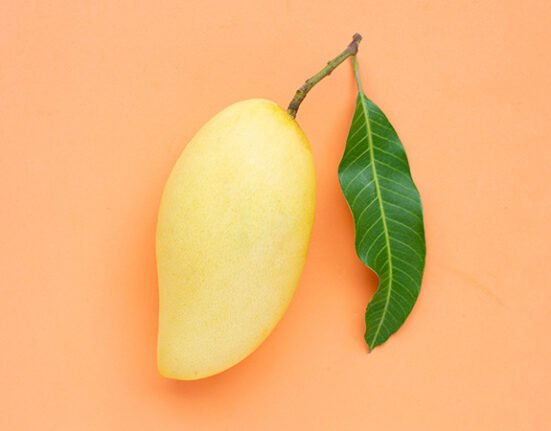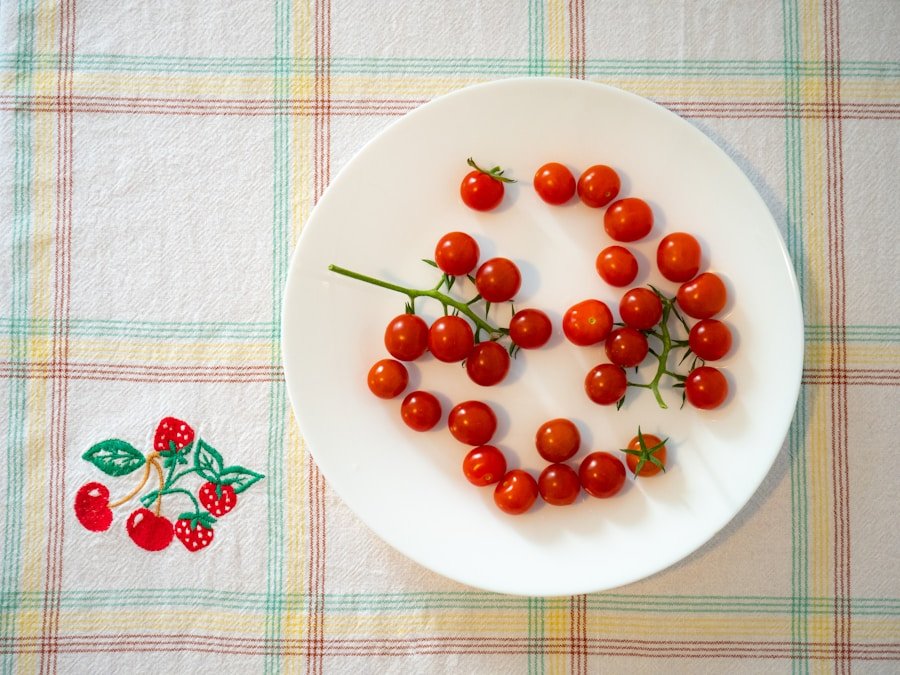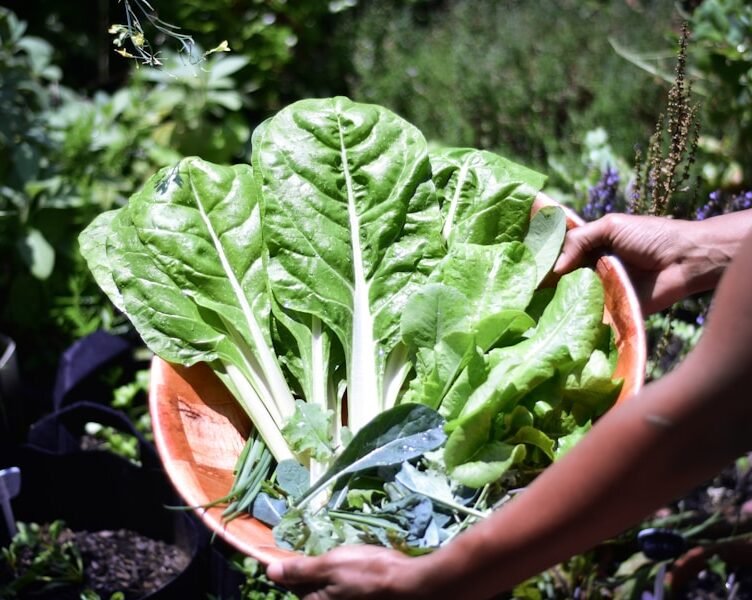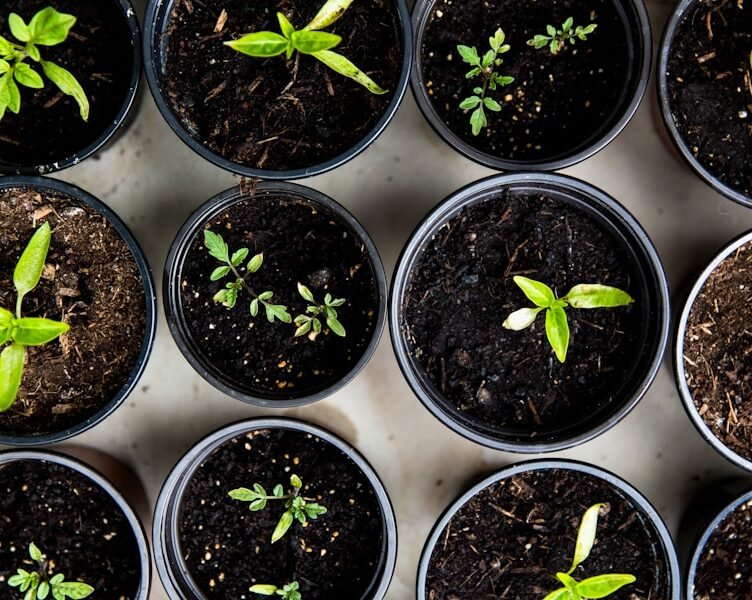When selecting cherry tomato seeds for your garden, several factors should be taken into account. Firstly, consider the desired size and color of the tomatoes. Cherry tomatoes are available in a range of colors, including red, yellow, and purple, so choose a variety that will visually complement your garden and suit your personal taste preferences.
It is also essential to consider the local growing conditions, as certain cherry tomato varieties exhibit increased resistance to specific pests and diseases, making them more suitable for particular climates. Furthermore, the flavor profile of the tomatoes should be considered, as some varieties are sweeter, while others have a more tangy or acidic taste. Select seeds that align with your intended use for the tomatoes to achieve optimal results.
Once the ideal cherry tomato seeds have been chosen, it is time to initiate the planting and care process for the seedlings.
Key Takeaways
- Choose cherry tomato seeds based on your climate and space availability
- Plant seedlings in well-draining soil and provide regular watering and sunlight
- Understand the growth stages of cherry tomatoes to ensure proper care and maintenance
- Prune and support cherry tomato plants to promote healthy growth and fruit production
- Harvest and enjoy your homegrown cherry tomatoes in salads and other recipes for a fresh and flavorful taste
Planting and Caring for Cherry Tomato Seedlings
Choosing the Right Location
When planting cherry tomato seedlings, it’s essential to select a sunny spot in your garden with well-draining soil. Cherry tomatoes thrive in full sun, so ensure the chosen location receives at least 6-8 hours of sunlight per day.
Preparing the Soil and Planting
Before planting your seedlings, prepare the soil by adding compost or fertilizer to provide the necessary nutrients for growth. When planting the seedlings, space them at least 2-3 feet apart to allow for proper air circulation and prevent overcrowding.
Caring for Your Cherry Tomato Seedlings
Once your cherry tomato seedlings are planted, it’s crucial to care for them properly to ensure they thrive. Water the seedlings regularly, keeping the soil consistently moist but not waterlogged. Additionally, consider adding a layer of mulch around the base of the plants to help retain moisture and prevent weeds from growing. As the seedlings grow, consider adding a stake or cage to support the plants and prevent them from sprawling on the ground. With proper care and attention, your cherry tomato seedlings will soon begin to grow and produce delicious tomatoes.
Understanding Cherry Tomato Growth Stages
As your cherry tomato plants grow, it’s important to understand the different growth stages they will go through. The first stage is the vegetative stage, where the plants focus on growing leaves and stems. During this stage, it’s important to provide the plants with plenty of water and nutrients to support their growth.
The next stage is the flowering stage, where the plants will begin to produce small yellow flowers that will eventually turn into tomatoes. During this stage, it’s important to continue providing the plants with water and nutrients, as well as ensuring they have proper support to hold the weight of the developing fruit. Once the flowers have been pollinated, the plants will enter the fruiting stage, where the tomatoes will begin to grow and ripen.
During this stage, it’s important to continue providing the plants with water and nutrients, as well as monitoring for any signs of pests or diseases that could affect the fruit. Finally, once the tomatoes have ripened, it’s time to harvest and enjoy your homegrown cherry tomatoes.
Tips for Pruning and Supporting Cherry Tomato Plants
| Stage | Time Frame | Notes |
|---|---|---|
| Seed Planting | 6-8 weeks before last frost | Use seed starting mix and keep soil moist |
| Transplanting | 1-2 weeks after last frost | Transplant seedlings to larger containers or garden |
| Growth | 60-80 days after transplanting | Provide support for the plants as they grow |
| Harvesting | When tomatoes are fully ripe | Pick tomatoes when they are fully colored and firm |
Pruning and supporting your cherry tomato plants is essential for ensuring they grow strong and healthy. As the plants grow, it’s important to prune any suckers that develop in the crotch between two branches. Suckers are small shoots that can sap energy from the main plant and reduce fruit production, so it’s important to remove them regularly.
Additionally, consider pruning any leaves that are blocking sunlight from reaching the developing fruit, as well as any diseased or damaged leaves that could spread infection to the rest of the plant. In addition to pruning, it’s important to provide support for your cherry tomato plants to prevent them from sprawling on the ground. Consider using stakes or cages to support the plants and keep them upright as they grow.
This will help prevent damage to the fruit and make it easier to harvest when the time comes.
Harvesting and Enjoying Your Homegrown Cherry Tomatoes
Once your cherry tomatoes have ripened, it’s time to harvest and enjoy them. When harvesting cherry tomatoes, it’s important to pick them when they are fully ripe but still firm. Gently twist the tomatoes off the vine, being careful not to damage the plant or any other fruit that may be growing nearby.
Once harvested, store the tomatoes at room temperature and use them within a few days for best flavor and texture. There are countless ways to enjoy your homegrown cherry tomatoes. Add them to salads for a burst of sweet and tangy flavor, use them in salsas and sauces, or simply enjoy them on their own as a healthy snack.
No matter how you choose to enjoy them, there’s nothing quite like the taste of fresh, homegrown cherry tomatoes.
Common Pests and Diseases to Watch Out for
Common Pests Affecting Cherry Tomato Plants
Aphids, whiteflies, and hornworms are common pests that can infest cherry tomato plants. These pests can cause significant damage to the leaves and fruit, so it’s crucial to monitor for signs of infestation and take prompt action if necessary.
Diseases Affecting Cherry Tomato Plants
In addition to pests, cherry tomato plants can be affected by various diseases, including blight, wilt, and blossom end rot. These diseases can cause discoloration and damage to the fruit, making it essential to monitor for any signs of infection and take steps to prevent their spread.
Prevention and Control Methods
To prevent pests and diseases from affecting your cherry tomato plants, consider using natural pest control methods such as introducing beneficial insects or using organic pesticides. Additionally, ensure proper air circulation and avoid overwatering your plants, as these conditions can create an environment conducive to disease. By taking these precautions, you can help protect your cherry tomato plants from common pests and diseases.
Recipes and Ideas for Using Fresh Cherry Tomatoes in Salads
Fresh cherry tomatoes are a versatile ingredient that can be used in a variety of recipes, but one of the most popular ways to enjoy them is in salads. Their sweet and tangy flavor adds a burst of freshness to any salad, making them a perfect addition to any meal. One simple way to use fresh cherry tomatoes in a salad is to combine them with fresh mozzarella cheese, basil, and a drizzle of balsamic glaze for a classic caprese salad.
Alternatively, toss them with mixed greens, cucumbers, and a light vinaigrette for a refreshing summer salad. You can also roast cherry tomatoes with olive oil and garlic for a flavorful addition to any salad. In addition to traditional salads, fresh cherry tomatoes can also be used in pasta salads, grain salads, or even as a topping for bruschetta or crostini.
No matter how you choose to use them, fresh cherry tomatoes are a delicious addition to any salad. In conclusion, growing cherry tomatoes can be a rewarding experience for beginners and experienced gardeners alike. By choosing the right seeds, planting and caring for seedlings properly, understanding their growth stages, pruning and supporting the plants, harvesting and enjoying the fruits of your labor, being aware of common pests and diseases that can affect your plants, and using fresh cherry tomatoes in salads or other recipes – you can enjoy delicious homegrown cherry tomatoes all season long.
With proper care and attention, you’ll soon be enjoying a bountiful harvest of sweet and tangy cherry tomatoes straight from your own garden.
FAQs
What are cherry tomatoes?
Cherry tomatoes are small, bite-sized tomatoes that are typically sweet and juicy. They come in a variety of colors, including red, yellow, and orange, and are often used in salads, salsas, and as a snack.
How do you grow cherry tomatoes from seed?
To grow cherry tomatoes from seed, you will need to start by planting the seeds in a small container filled with potting soil. Keep the soil moist and place the container in a warm, sunny location. Once the seedlings have grown a few inches tall, they can be transplanted into a larger container or directly into the garden.
What are the best growing conditions for cherry tomatoes?
Cherry tomatoes thrive in full sun and well-drained soil. They require regular watering, especially during hot, dry periods. It’s also important to provide support for the plants, such as a trellis or tomato cage, to help them grow upright and prevent the fruit from touching the ground.
How long does it take for cherry tomatoes to mature?
Cherry tomatoes typically take 60-80 days to mature from the time they are planted as seedlings. However, this can vary depending on the specific variety of cherry tomato and the growing conditions.
What are some common pests and diseases that affect cherry tomatoes?
Common pests that can affect cherry tomatoes include aphids, hornworms, and whiteflies. Diseases such as blight, blossom end rot, and powdery mildew can also impact the plants. It’s important to monitor the plants regularly and take steps to prevent and control these issues, such as using organic pest control methods and proper watering techniques.






